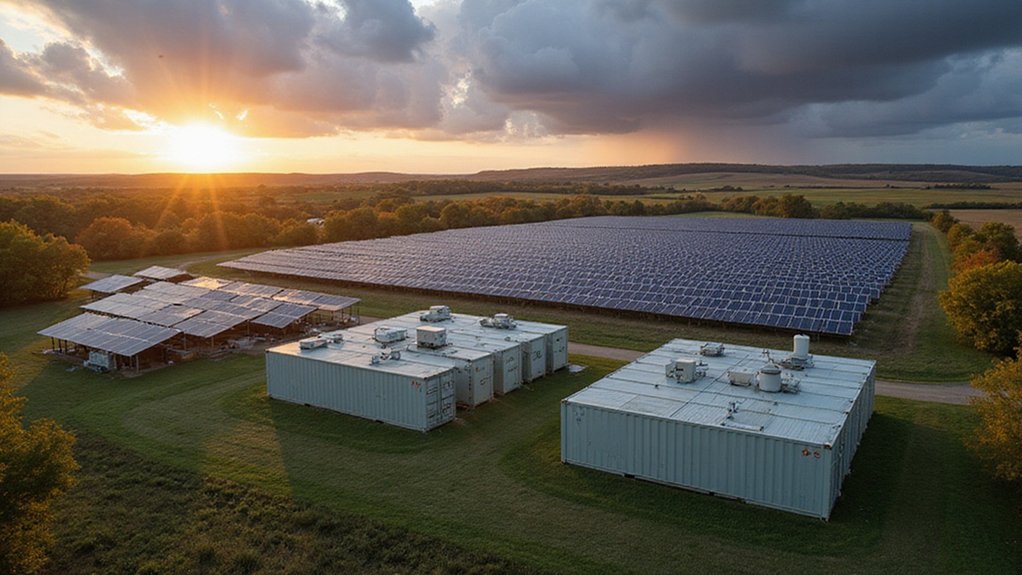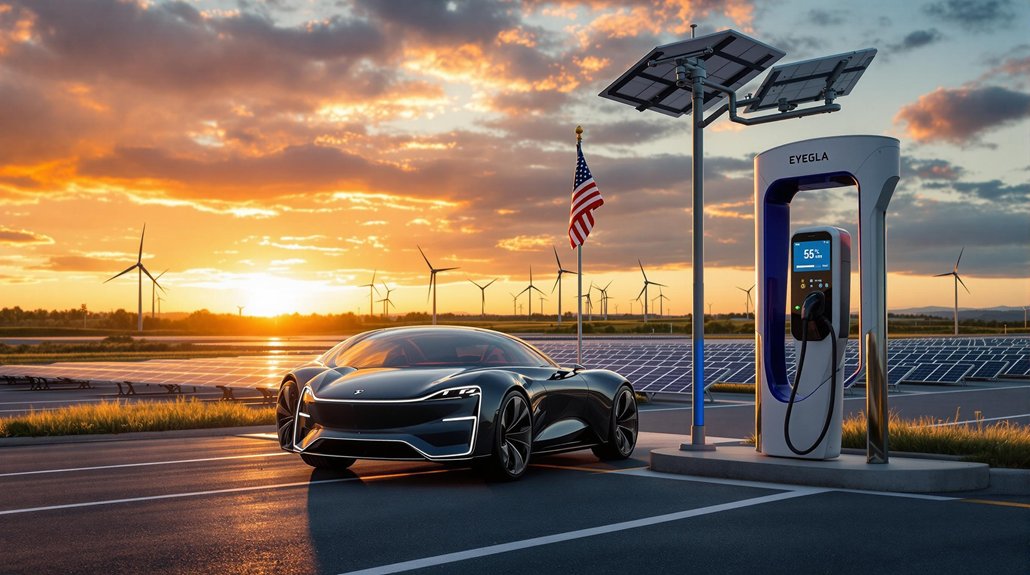California’s zero-emission vehicle mandate faces potential congressional challenges. The rule requires all new cars sold in the state to be emission-free by 2035. California’s authority comes from Clean Air Act waivers that acknowledge the state’s unique air pollution issues. The mandate aims to reduce greenhouse gases, improve public health, and save $13 billion in health costs by 2040. Automakers are adapting while infrastructure expands with 17,000 charging stations. The political showdown will determine the future of clean transportation nationwide.
As California pushes forward with its ambitious Zero-Emission Vehicle (ZEV) mandate, the state has established a clear timeline requiring all new cars and light trucks sold to produce zero emissions by 2035. The program, created under the Advanced Clean Cars II rule by the California Air Resources Board, targets the transportation sector, which accounts for half of the state’s greenhouse gas emissions.
California recently celebrated surpassing 2 million ZEVs sold, with electric vehicles now representing over 25% of all new car purchases in the state. This puts California well ahead of its earlier goal to have 1.5 million ZEVs on the road by 2025.
California’s EV revolution accelerates past 2 million vehicles sold, with ZEVs capturing 25% of new car sales and surpassing state targets.
The mandate isn’t just about reducing carbon emissions. State officials point to significant health benefits, with projected health cost savings of $13 billion between 2026 and 2040 due to decreased air pollution. The initiative also aims to cut smog-causing pollutants by 25% by 2037.
A growing network of 17,000 light-duty vehicle chargers and expanded hydrogen fueling stations supports the shift. Major automakers including Tesla, Ford, General Motors, and Toyota are adapting their production to meet California’s requirements. The mandate includes plug-in hybrid vehicles alongside battery-electric and hydrogen fuel cell options to provide consumers with multiple zero-emission choices.
However, the mandate faces potential challenges in Congress. California’s authority to set stricter emission standards than federal levels comes from special waivers granted under the Clean Air Act. These waivers recognize California’s unique air quality challenges.
The legal foundation for California’s program was reaffirmed in 2022 when the state’s waiver authority was restored. This allows other states to adopt California’s standards under Section 177 of the Clean Air Act.
The economic impact of the mandate extends beyond environmental benefits. California has invested $1.4 billion in EV infrastructure, creating jobs in the clean energy sector. EV owners enjoy significant cost savings by paying approximately half as much per mile compared to conventional gasoline vehicle drivers. The ZEV program began in 1990 as part of the LEV I standards and has evolved significantly over three decades. Consumers benefit from various incentives, including tax credits and rebates, which help offset the initially higher costs of zero-emission vehicles.
As the 2035 deadline approaches, California’s leadership in ZEV adoption continues to influence national transportation policy and the automotive industry’s direction.








